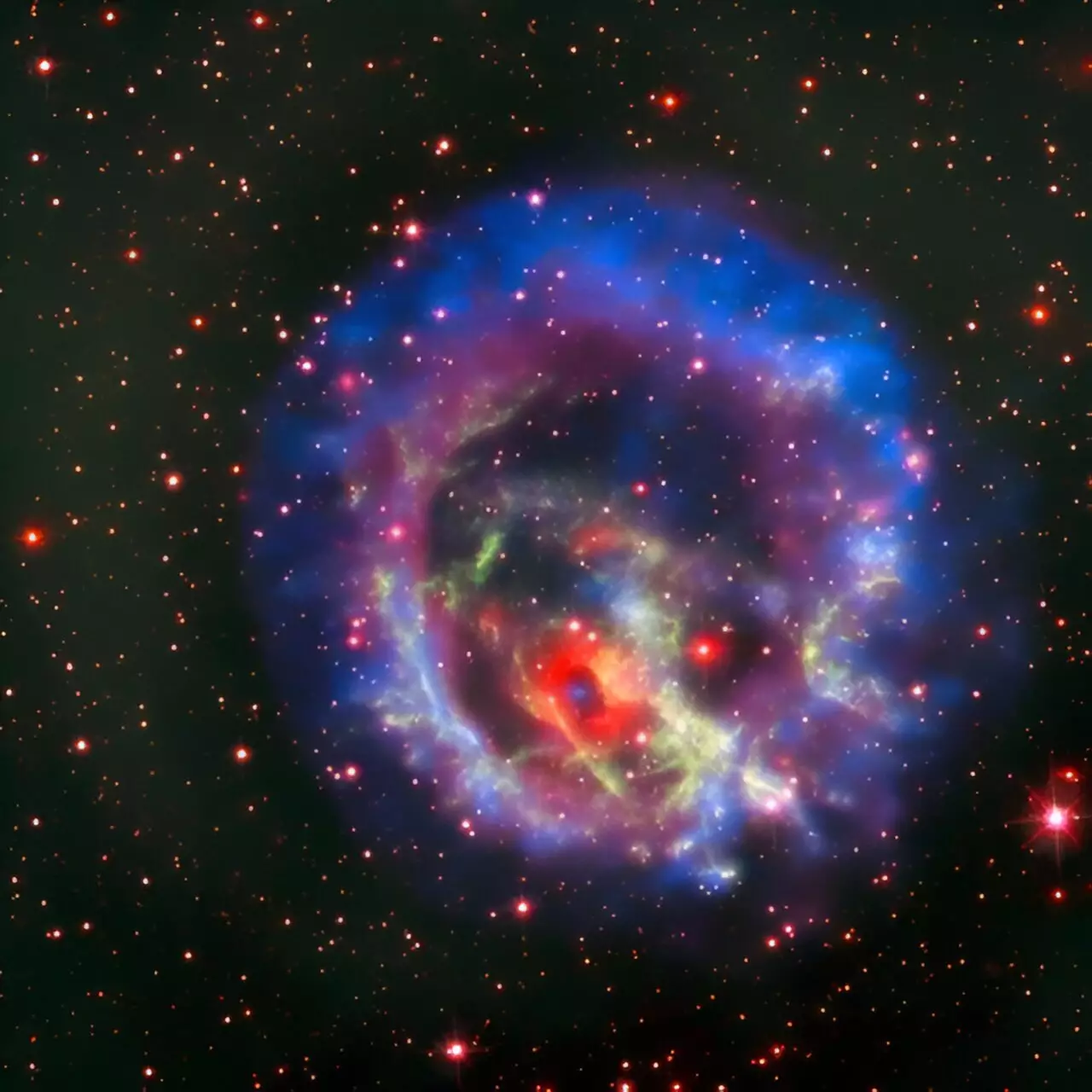Scientific research is a dynamic pursuit that often leads down unanticipated paths, revealing the complexities and wonders of the universe. One such avenue is the investigation of the mysterious phases of matter that existed shortly after the Big Bang. Recent theoretical analyses by physicists, notably Hidetoshi Taya from the RIKEN Interdisciplinary Theoretical and Mathematical Sciences Program, highlight a groundbreaking development: the collision of heavy ions could not only replicate conditions similar to those in the early universe but also generate some of the strongest electromagnetic fields known to humanity. This intersection of astrophysics and particle physics opens up avenues for new discoveries that could redefine our understanding of matter itself.
In the realm of particle physics, the Standard Model provides a framework for understanding interactions among fundamental particles. A pivotal area of research is the investigation of quark-gluon plasma (QGP), an extreme state of matter theorized to have existed when the universe was in its infancy, at temperatures and densities far surpassing anything currently achievable in terrestrial laboratories. This state, characterized by freely interacting quarks and gluons, remains elusive and is subject to intense scrutiny.
As physicists venture into the detection of this plasma through high-energy collisions of heavy ions, they are met with significant theoretical uncertainties, which underscores the necessity of further experiments. An important focus has shifted from merely attaining high temperatures to generating high-density environments that closely mimic those formative cosmic moments.
In a striking turn of events, Taya and his colleagues have proposed that these heavy-ion collisions can yield powerful electromagnetic fields, unlike anything previously created in laboratory settings. While intense laser beams have been utilized to generate electromagnetic effects on a smaller scale, the fields produced during heavy-ion collisions at intermediate energies have the potential to be a hundred times stronger. Taya articulates a vivid analogy: an intense laser is comparable to an immense array of LEDs; however, those lasers pale in comparison to the true power that could be harnessed through heavy-ion collisions.
The theoretical analysis conducted by Taya’s team emphasizes that the longevity and strength of these fields could catalyze novel physics phenomena. However, a fundamental challenge remains—while these fields can be theoretically described, directly measuring the fields in real-time during experimental setups proves elusive. Instead, researchers will be relegated to analyzing the particles produced during these collisions, which limits their ability to directly validate Taya’s findings.
What makes this financial and technological pursuit so compelling is the potential to uncover phenomena that existing models do not adequately explain. Should researchers succeed in synthesizing and understanding these ultrastrong fields, they might unlock new theories of physics that blend both quantum mechanics and general relativity, bridging fundamental gaps in our current understanding.
Moreover, the link between these strong electromagnetic fields and observable particles is a rich field of inquiry. Understanding how these fields influence the resulting particle interactions and decay processes will be crucial for validating theoretical projections. Researchers will need to refine their methods of observation and analysis to comprehend the intricate relationships between these fields and the emerging particles.
As researchers around the globe prepare to dive into experimental avenues that could reshape physics, the intersection of heavy-ion collisions and the generation of ultrastrong electromagnetic fields boils with promising potential. The work of Taya and his colleagues exemplifies the iterative and often unpredictable nature of scientific inquiry. By challenging established paradigms and opening new dialogues within the physics community, this line of research not only addresses fundamental questions about the universe’s beginnings but also serves as a catalyst for advancing technologies and methodologies that can harness such extraordinary physical phenomena. As we stand on the cusp of new discoveries, the physics community must continue to foster this spirit of exploration and innovation, aspiring to unravel the enigmas of the cosmos.


Leave a Reply